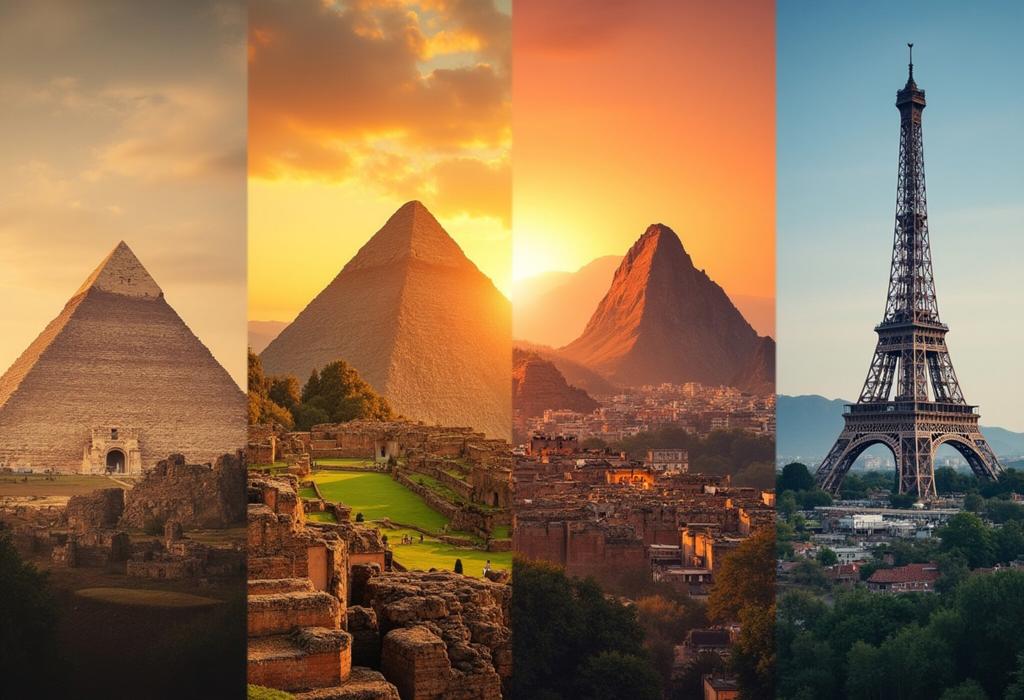For more details on this content, please review the step-by-step guide and frequently asked questions.
Cultural Crossroads: The Significance of Historic Trade Routes

Step-by-Step Guide
Understanding Trade Routes
Trade routes are pathways used for the exchange of goods, services, and culture across regions. They have played a critical role in the economic, social, and cultural development of societies throughout history.
The Role of Geography
Geography significantly influences trade routes. Mountain ranges, rivers, deserts, and oceans dictate what paths are navigable, helping determine the flow of trade and cultural exchanges. Key geographic locations often evolve into trading hubs.
Key Historic Trade Routes
Some of the most significant historic trade routes include the Silk Road (connecting China to the Mediterranean), the Spice Route (linking the East Indies and Europe), and the Trans-Saharan routes (facilitating trade across Africa).
Cultural Exchanges Along Trade Routes
As people traveled these routes, they exchanged more than just goods; they also shared ideas, technologies, languages, and cultural practices, leading to the rich tapestry of cultures we see in various regions today.
Economic Impact
Trade routes contributed significantly to the economic development of civilizations by enabling the exchange of luxury goods, raw materials, and crafted items. They paved the way for urban development, wealth accumulation, and the rise of merchant classes.
Political Relations and Alliances
Trade routes often facilitated diplomatic relations between connected regions. Alliances were established through trade agreements, and this cooperation contributed to periods of peace and stability, allowing cultures to flourish.
Religion and Spirituality
Many religious traditions spread along trade routes, with merchants acting as carriers of faith. The movement of people and ideas led to syncretism, where different belief systems blended, enriching cultures and traditions.
Art and Literature
Arts and literature thrived along the trade routes. Exposure to different cultures influenced artistic styles, literature genres, and storytelling traditions, creating a mosaic of artistic expression that remains with us today.
Technological Innovations
Trade routes were conduits for technological exchanges as well. Innovations such as printing, navigational tools, and agricultural techniques spread along these corridors, enhancing productivity and cultural richness.
Homecoming and the Legacy of Trade Routes
As the world modernized, many ancient trade routes transformed or faded, but their impact remains deeply embedded in cultures. The legacy of these routes continues to shape global connections and interactions today.








